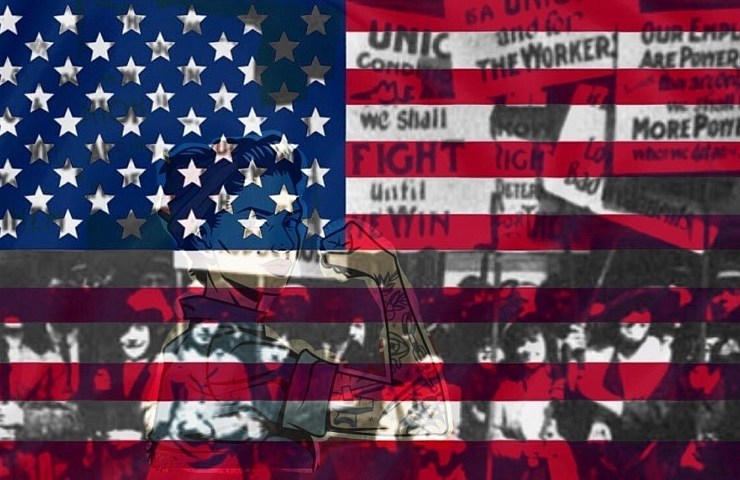The US Department of Labor brochure on Labor Day states;
“This holiday originated from the American Labor Movement. It has become national because the country deems it worthy to celebrate annually with gratitude the contribution that American workers have made and continue to make to the power, wealth and prosperity that has become the property of our people.”
But what does this holiday mean for modern Americans? An official end of summer? An extra day -off from school and work?
Did you know that this year marks the 140th year since the first celebration of Labor Day was held in New York? It was officially recognized as a public holiday in 1887 in Oregon. Only seven years later in 1894, Labor Day became a federal holiday, celebrated in 30 states. It emerged at the end of the 19th century, during the peak of the Industrial Revolution and, mechanization. Labor Day is not as simple of a holiday as you might think. Let’s delve deeper into its origin.
Before Labor Day
In the 19th century, American adults worked 12 -hour days, seven days a week. Children worked similar hours, but for pennies on the dollar while struggling with cold and hunger. None of the employers provided their employees with sick leave, paid leave, or medical benefits. Under such conditions, the Trade Union Movement began to emerge.
American workers began unionizing in order to push against the prevailing injustice. One of their collective demands was a special holiday in honor of the working people. At first, these movements were contained within the state level. Under mounting pressure and public support, states began to pass laws to protect the ordinary worker. Finally, on June 28, 1894, the US Congress introduced a federal law inducting the first Labor Day. From then on, Labor Day would be celebrated on the first Monday of September.
Choosing a date
In most countries, this holiday is celebrated on May 1. In May 1886, during workers’ demonstration in Chicago’s Haymarket Square in support of the 8-hour work day, an explosion occurred. This blast ended up killing seven policemen and four civilians. These events attracted attention in other countries leading to the first of May being the occasion for annual protests by workers around the world.
When the time came for the US to choose a date for the holiday, President Cleveland decided to move away from the globally accepted date, as May the 1st was associated with death and loss by the nation.
Unions today
American Trade Union membership has declined in recent years as the globalization of the world economy has changed the pattern of employment in the US. Many jump from multiple different jobs and industries where unions don’t exist or workers don’t feel the need to join when they don’t plan on being in the industry for long. Other workers are employed by large corporations that actively union bust to save on the cost of wages. Many union members today are employed in the state or municipal sector, rather than working in factories, as was typical 100 years ago. Others are in very specialized unions, like those in electrical, railway or writing unions. But most commonly, workers don’t see the need for a union as they already benefit from the rights strikers earned for them years before.
Nevertheless, we must know and appreciate the work done by American workers of the 19th century. Thanks to them, we are now working in convenient and safer conditions often taken for granted.





Recent Comments